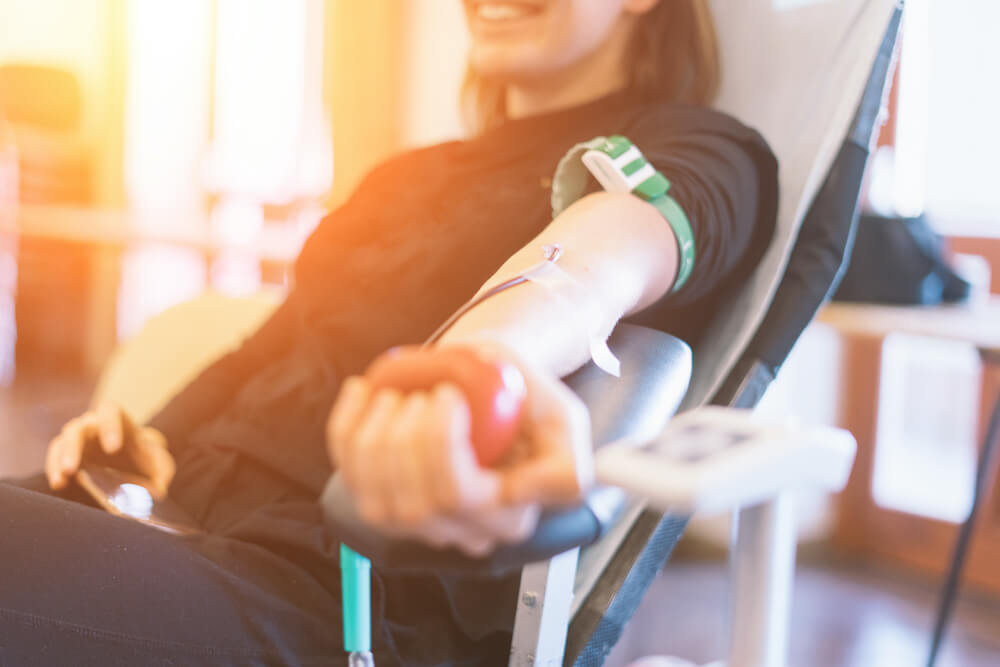Sharing is caring: a quick guide to blood donorship
We are often told about the importance of donating blood, and this procedure indeed saves lives. But how does it work? Let’s learn about blood transfusion: a staple of modern medicine.

Why blood donorship is important
Time and again, news and social media remind us that the blood donated by one individual has the potential to save at the very least three lives. People gather in blood-donation drives or organize campaigns for urgent donations of a rare blood type.
It might pique your curiosity—or you might be a staunch advocate for donorship already. In any case, let’s see why blood donorship is so crucial.

Advances in medicine and science have revised the most likely outcome for a majority of illnesses. A few centuries ago, many conditions that are treated by blood transfusion would have meant a terminal diagnosis. There is still, however, a massive gap in the donor to recipient ratio.
According to a pre-pandemic study published in the Lancet Hematology journal, the global yearly demand for donations is around 300 million units, out of which less than 275 million units were supplied. However, the supply is uneven: some countries meet their needs with excess, whereas the unmet need in other countries (particularly in Africa, Oceania, and South Asia) reaches 100 million units in total.
This shortfall means dozens of millions of lives that we could still save. The Covid-19 pandemic saw the number of donations dwindle significantly, so this need for blood gets even more pressing. One unit is the amount of blood taken from a person in one donation. It may differ across countries, but it is roughly equivalent to one pint or 500 ml for the whole blood—about ⅛ the amount of blood in an adult person. However, donors may opt to donate specific blood components—red blood cells, blood plasma, platelets, etc.—and the unit’s volume is smaller in that case.
But still, blood transfusions save millions upon millions of lives each year. A mere few centuries ago, something like this would have seemed nothing short of magic.
Next up, we’ll discover: the biology of blood, and the history of how we started transfering blood to one another to save lives.
Mechanisms of blood
First, let’s look at the main elements our blood is made from.
The liquid part is called blood plasma—it provides the medium for the blood cells to travel. Your body produces plasma with water, salts, and proteins absorbed through your digestive tract. Blood plasma makes up 55% of total blood volume.
The primary function of the blood cells is to hold and transport oxygen, nutrients, hormones, and other molecules through your body. All types of blood cells are made inside your bones: primarily in pelvic bones, spinal bones, and the breastbone. The porous blood-producing tissue is called the bone marrow.
